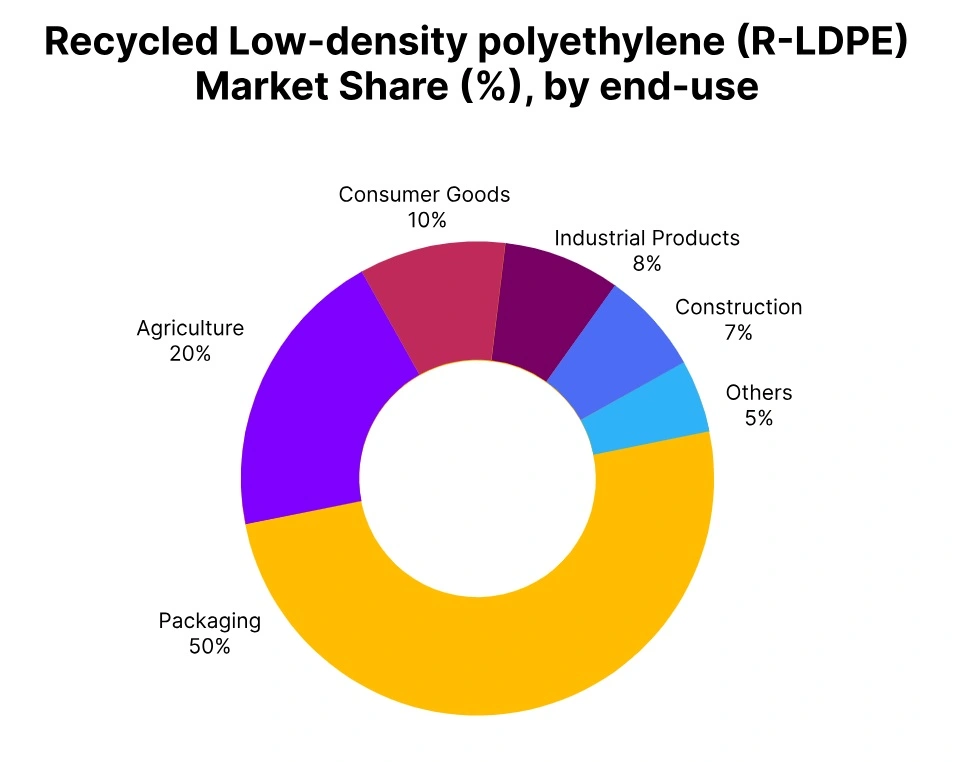Price-Watch’s most active coverage of Recycled Low-Density Polyethylene (R-LDPE) price assessment:
- Natural Granules Ex-Mumbai, India
- Translucent Pellets FD Hamburg, Germany
Recycled Low-density polyethylene (R-LDPE) Price Trend Q3 2025
As of Q3 2025, the global recycled LDPE price trend has produced mixed results in the regions. Notably in Germany, the R-LDPE price trend has increased 6.8% due to strong demand, particularly in the packaging sector, and limited recycled supply of materials. As a result, the market has been competitive, and buyers have been paying robust prices to secure material.
In India, the recycled LDPE price trend increased modestly at 0.4% with steady packaging demand, but the availability of competing imports has kept prices stable. In general, despite the small challenges from imported materials, the domestic market has remained firm with buyers willing to buy local materials.
Overall, the global R-LDPE price trend has demonstrated a stronger market in Germany supported by tight supply and strong demand, and a stable overall recycled LDPE market improving moderately in India supported by steady domestic demand and competing imports.
Germany
Recycled Low-density polyethylene (R-LDPE) Domestically Traded prices FD Hamburg, Germany, Translucent Pellets.
According to PriceWatch, In Germany, the R-LDPE price trend in Q3 2025 has seen a significant increase of 6.8%, with a price range of USD 1350-1380 per metric ton. This rise has been driven by strong demand in Europe, particularly within the packaging sector, and limited availability of recycled materials, as supply has struggled to meet the growing demand for sustainable solutions. The price has remained competitive, with buyers being willing to pay a premium to secure material.
However, in September 2025, the recycled LDPE prices in Germany have softened slightly, decreasing by 0.4%. This has been due to weaker demand from the European packaging industry as consumption has slowed during the off-peak season, leading to price adjustments and a minor decrease in the overall price trend.
India
Recycled Low-density polyethylene (R-LDPE) Domestically Traded Ex-Mumbai, India, Natural Granules.
In India, the R-LDPE price trend in Q3 2025 has experienced a modest increase of 0.4% due to stable demand from the packaging sector, despite challenges from competing imports. The market has remained relatively stable as domestic buyers have prioritized local materials due to their availability and competitive pricing.
However, in September 2025, the R-LDPE prices in India have decreased by 0.3%. This decline has been attributed to lower domestic demand, particularly after the post-summer slowdown, with reduced procurement from key sectors like packaging. This weaker demand has led to a slight price reduction in the Indian market, contributing to the overall decrease in R-LDPE price trend.

